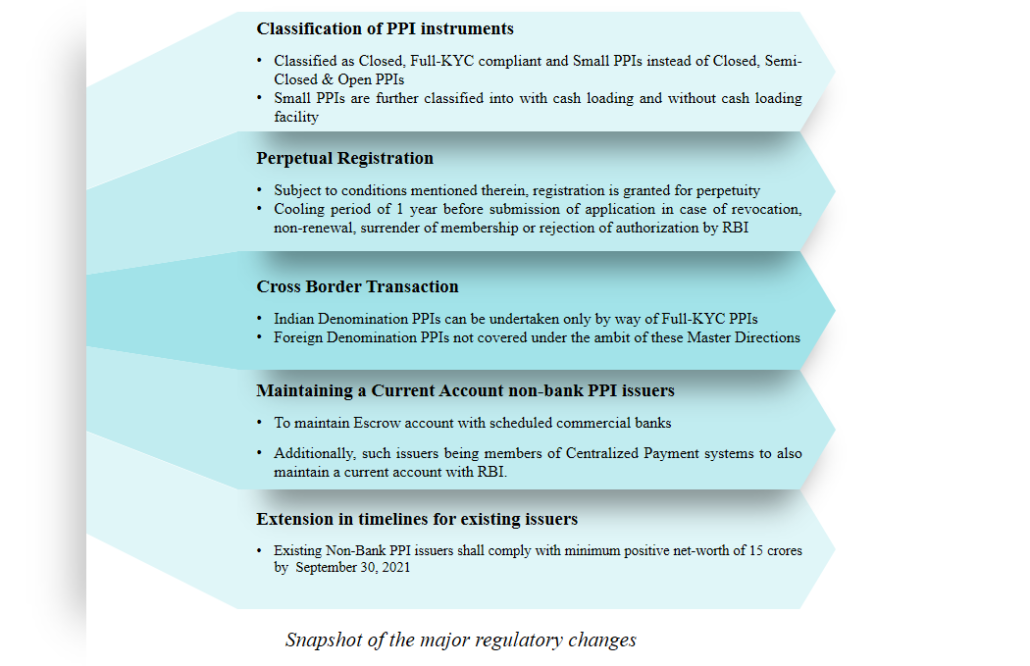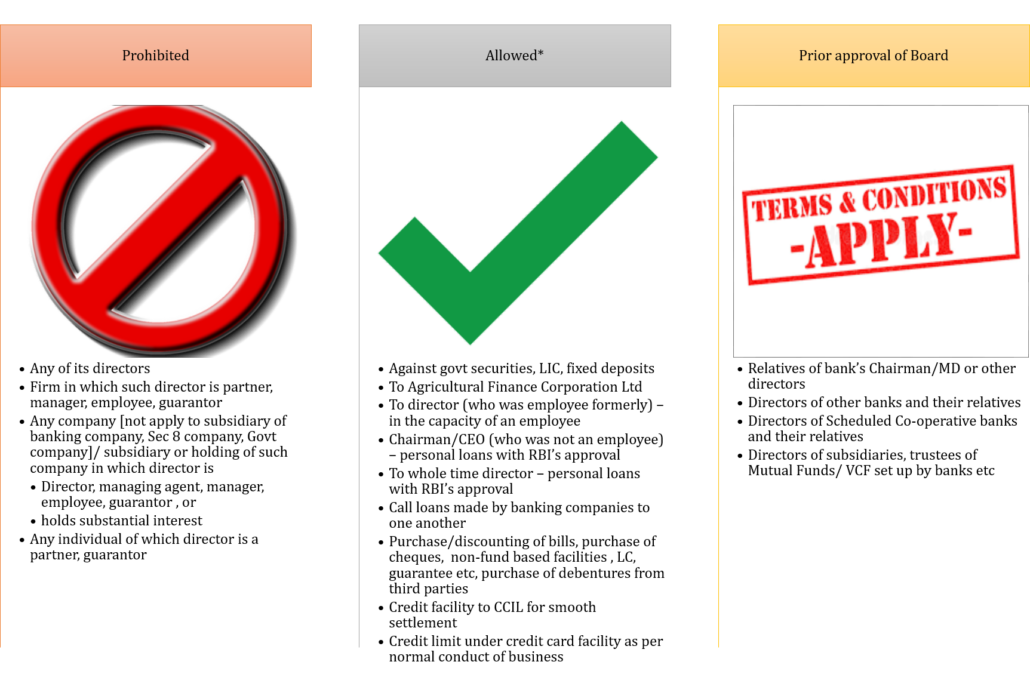– Financial Services Division (
finserv@vinodkothari.com)
Background
The Reserve Bank of India (RBI) vide a notification dated 24th June, 2021
[1] imposed restrictions on distribution of dividends by non-banking financial companies (‘Notification’). The restrictions cover both systemically important NBFCs as well non-systemically important ones. The guidelines have been issued in line with the
draft guidelines for the declaration of dividends by NBFC issued in December 2020.
Restrictions on dividend payout essentially force financial sector entities to plough back a minimal part of their profits, and therefore, result in creation of a profit conservation. Such restrictions are common in case of financial institutions world-over, and are also imbibed as a part of Basel III capital adequacy requirements. Similar restrictions exist in case of banking entities
[2]. In case of NBFCs, such restrictions were proposed by the RBI vide Draft Circular on Declaration of Dividend by NBFCs dated December 9, 2020
[3].
Dividend Payout Ratio (DP Ratio) is an important policy measure for companies for shareholder wealth maximisation. A conservative dividend distribution policy ensures churning of profits thereby ensuring organic growth of the net worth, and assisted by leverage, a return on shareholders’ funds higher than what the shareholders can fetch on distributed money. On the other hand, aggressive dividend distribution policy entails that profits be returned to the shareholders as there are less business investment opportunities, thus wealth of shareholders be returned. The foregoing arguments does not encompass stictict dividend payout criteria, but a broad policy objective which organisations seek to achieve.
However, in the case of financial institutions like Banks and NBFCs the motivation of regulators to limit the dividend payout is from the perspective of prudential regulation. The limit on dividend distribution allows regulators to ensure that adequate capital conservation buffers are maintained at all times by the financial institutions.
Most NBFCs follow very conservative dividend policies, and based on publicly available data, the DP Ratios of some of the NBFCs for FY 2019-20 are as follows:
- Manappuram- 18.86%
- Cholamandalam- 12.78%
- Bajaj Finserv- 11.93%
- Muthoot Finance- 19.91%
- Tata Capital Financial Services- 32.96%
- DCM Shriram- 17.19%
Applicability
Who all are covered?
The opening statement of the Notification provides that the Notification is applicable on all NBFCs regulated by RBI. Further, reference is made to the term ‘Applicable NBFCs’ as defined under the respective RBI Master Directions on NBFC-ND-SI and NBFC-ND-NSI. The concept of Applicable NBFC is relevant to determine the applicability of the provisions of the aforesaid RBI Master Directions. Accordingly, it can be understood that, along with the ‘Applicable NBFCs’, the following categories of NBFCs shall be covered under the ambit of the Notification-
- Housing Finance Companies (HFCs),
- Core Investment Companies (CICs),
- Government NBFCs,
- Mortgage Guarantee Companies,
- Standalone Primary Dealers (SPDs),
- NBFC-Peer to Peer Lending Platform (NBFC-P2P)
- NBFC- Account Aggregator (NBFC-AA).
- NBFC-D (deposit taking NBFCs)
- NBFCs-ND (non-deposit taking NBFCs) (both SI and NSI)
- NBFC-Factor (both SI and NSI)
- NBFC-MFI (both SI and NSI)
- NBFC-IFC (both SI and NSI)
- IDF-NBFC
However, it is to be noted that For NBFCs that do not accept public funds and do not have any customer interface no limit has been imposed with regards to the dividend payout ratio.
Effective from which financial year?
Effective for declaration of dividend from the profits of the financial year ending March 31, 2022 and onwards.
Which all dividends are covered?
Proposed dividend shall include both dividend on equity shares and compulsorily convertible preference shares. However, other than CCPS, dividends declared on preference shares are not included under the Notification.
Note that the issue of bonus shares is, in essence, capitalisation of profits, and therefore, is not affected by the present requirement.
Computation of dividend payout ratio:
Besides the upfront conditionalities such as capital adequacy ratio, leverage ratio, etc., the stance of the present Notification is limitation on dividend payout ratio. Hence, the meaning of the DP ratio becomes important.
The Notification defines the same as :
‘the ratio between the amount of the dividend payable in a year and the net profit as per the audited financial statements for the financial year for which the dividend is proposed.’
As we discussed elsewhere, the word “dividend” shall be restricted to only equity and CCPS dividend. Hence, dividend on redeemable preference shares shall be excluded.
Also note that the word “profit for the year” refers to profits after tax. There is no question of adding the brought forward profits of earlier years, whether parked in reserves or retained as surplus in the profit and loss account.
In case of companies adopting IndAS, there are always questions on what constitutes distributable profits – whether the gains or losses on fair valuation, taken to P/L are a part of the distributable profits or not. The relevant provisions of the Companies Act, viz., proviso to sec. 123 (1) shall have to be borne in mind.
Eligibility Requirement and Quantum Restrictions
| Category |
Eligibility Requirement |
Quantum* |
| NBFCs (including SDPs) meeting prudential requirements |
● Complies with applicable regulatory capital adequacy requirements/leverage restrictions/Adjusted net-worth for each of the last three financial years including the financial year for which the dividend is proposed
○ For SPDs, minimum CRAR of 20% to be maintained for the financial year for which dividend is proposed.
● Net NPA ratio shall be less than 6% in each of the last three years, including as at the close of the financial year for which dividend is proposed to be declared.
○ Calculation of NNPA
● Complies with the provisions of Section 45 IC of the RBI Act/ Section 29 C of the NHB Act, as the case may be, that is to say, has transferred 20% of its net profits to the regulatory reserve fund
● No explicit restrictions placed by the regulator on declaration of dividend |
● Type I NBFCs- No limit● CICs and SPDs- 60%
● Other NBFCs- 50% |
| NBFCs (other than SPDs) not meeting prudential requirements |
● Complies with the applicable capital adequacy requirements/ leverage restrictions in the financial year for which dividend is proposed to be paid● Has net NPA of less than 4% as at the close of the financial year. |
10% |
As regards NBFC-ND-NSI, the applicable regulatory capital requirement, as mentioned in Annex I
[4] of the Notification, seems to suggest that if there is a breach of leverage ratio at any time since 2015, the NBFC is disqualified. This however, does not seem to be the intent of the regulator. The meaning of the aforesaid restriction should be that the provision became applicable from 2015; however, it should not be leading to a conclusion that a dividend distribution will ensure that there is no breach of leverage ratio at any time in the history of the said NBFC. We are of the view that each of the ratios (CRAR or Leverage of Adjusted Net worth, as the case may be) need to be observed ideally at the time of distribution (last three FYs including the year for which dividend is declared), and even conservatively, during the year in question.
*The Notification has prescribed the same limits on quantum for a certain class of NBFCs, however, the draft guidelines had prescribed the limits based on the CRAR or adjusted net-worth of the NBFCs. (Refer Annex I of draft guidelines)
Reporting Requirements
NBFC-D, NBFC-ND-SIs, HFCs & CICs declaring dividend shall report details of dividend declared during the financial year as per the prescribed format within a fortnight after declaration of dividend to the Regional Office of the RBI/Department of Supervision of NHB, as the case may be.
There seems to be a lack of clarity w.r.t. the disclosure requirement for NBFC-MFIs and NBFC-IDFs. Though they are covered under the definition of ‘Applicable NBFCs’ under the RBI Master Directions, however, they are not generally classified as NBFC-ND-SI. Hence, whether the disclosure requirement is applicable to them or not seems to create confusion. In our view, going by prudence, this must be adhered to by such systemically important MFI and IDFs as well.
Accordingly, it can be inferred that the disclosure requirements shall not be applicable to following:
- Mortgage Guarantee Companies,
- Standalone Primary Dealers (SPDs),
- NBFC-Peer to Peer Lending Platform (NBFC-P2P)
- NBFC- Account Aggregator (NBFC-AA).
- NBFCs-ND-NSIs
Comparison with the dividend regulations on Banks
| Criteria |
Bank |
NBFCs |
| Eligibility |
Only those banks would be eligible to declare dividends who have a CRAR of at least 9% for preceding two completed financial years and the accounting year for which it proposes to declare dividend and Net NPA less than 7% |
NBFC-ND-NSI with leverage upto 7 times and NBFC-ND-SI with a CRAR of not less than 15% for last three years (including the FY for which dividend is declared) and Net NPA less than 6% in each of the last three years |
| In case not meeting eligibility |
In case any bank does not meet the above CRAR norm, but has a CRAR of at least 9% for the accounting year for which it proposes to declare dividend, it would be eligible to declare dividend provided its Net NPA ratio is less than 5% |
In case any NBFC does not meet the above eligibility criteria for each of the previous three FY, but meets the capital adequacy for the accounting year, for which it proposes to declare dividend and has a Net NPA ratio of less than 4% at the close of the FY, it shall be allowed to declare dividend, subject to a maximum of 10% on the DP ratio. |
| Quantum |
Dividend payout ratio shall not exceed 40 % and shall be as per the prescribed matrix |
CIC’s and SPDs shall ensure the maximum dividend payout ratio does not exceed 60%, while the other NBFCs shall not exceed 50% of the DP ratio. For Type I NBFCs there is no limit. |
| Reporting |
All banks declaring dividends should report details of dividend declared during the accounting year as per the proforma furnished by RBI |
NBFC-Ds, NBFC-ND-SIs, HFCs & CICs declaring dividend should report the details of dividend within a fortnight after declaration of dividend to RBI/NHB, as may be applicable. |
Immediate Actionables
NBFCs, who already have a Dividend Distribution Policy in place, may have to amend the policy in line with the Notification. As per SEBI LODR Regulations, top 1000 listed companies are mandatorily required to have a dividend distribution policy. Further, NBFCs may also have voluntarily adopted a policy.
The dividend distribution policy includes the following parameters:
- the circumstances under which the shareholders may or may not expect dividend;
- the financial parameters that shall be considered while declaring dividend;
- internal and external factors that shall be considered for declaration of dividend;
- policy as to how the retained earnings shall be utilized; and
- parameters that shall be adopted with regard to various classes of shares
The eligibility requirements and limits on quantum of dividend, as provided in the Notification, may be additional criterias for such NBFCs to declare dividend. In such a case, the existing dividend distribution policy shall be required to be amended in order to include the additional parameters.
It is noteworthy here that, as per regulation 43A of the LODR, if a listed entity proposes to amend its dividend distribution policy, it shall disclose the changes along with the rationale for the same in its annual report and on its website.
[1] https://www.rbi.org.in/Scripts/NotificationUser.aspx?Id=12118&Mode=0
[2] https://www.rbi.org.in/scripts/FS_Notification.aspx?Id=2240&fn=2&Mode=0 and other associated circulars
[3] https://rbi.org.in/Scripts/BS_PressReleaseDisplay.aspx?prid=50777
[4] https://rbidocs.rbi.org.in/rdocs/content/pdfs/NBFCS24062021_A1.pdf
Our related write-ups:
Our presentation on dividends –
https://vinodkothari.com/2021/09/an-overview-of-the-regulatory-framework-of-dividends/
Watch our YouTube video on
Restrictions on dividend distribution on NBFCs


